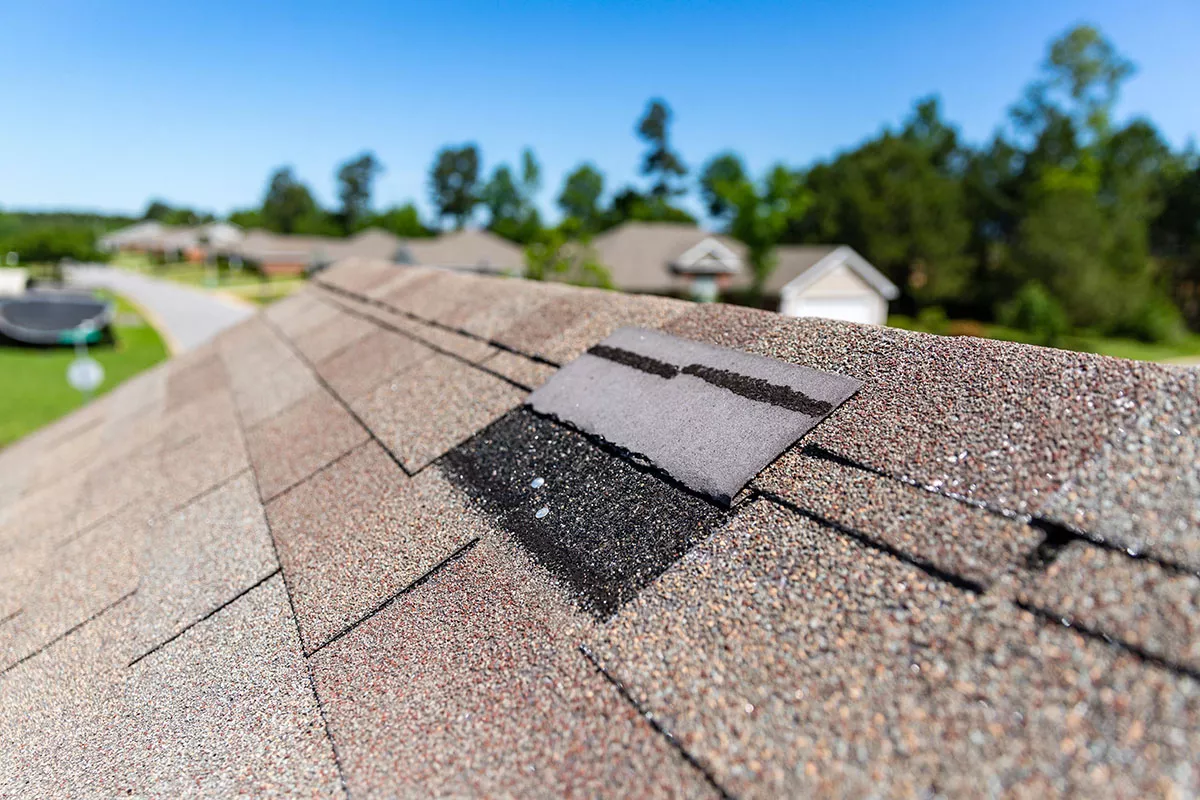A roof is more than just a protective covering for your home; it plays a vital role in maintaining the structural integrity, energy efficiency, and overall comfort of your home. While minor repairs can address temporary issues, there comes a point when patching up problems is no longer sufficient, and a full replacement becomes necessary. Recognizing the distinction between repairable damage and irreversible wear is crucial for preventing additional complications and unexpected expenses. We will explore the key indicators that signal it may be time to invest in a complete roof replacement rather than attempting repeated repairs. Understanding these signs can help homeowners make timely decisions, preserve property value, and ensure long-term safety.
When Repairs Are No Longer Enough
Extensive Shingle Damage
Shingles act as the first line of defense against weather, water intrusion, and UV exposure. Over time, shingles can curl, crack, or lose granules, and while minor instances may be repaired individually, widespread deterioration often means the underlying structure is compromised. If a significant portion of the roof shows curling, blistering, or missing shingles, patching becomes a temporary solution at best. The cumulative effect of extensive damage can lead to leaks, water stains inside the home, and accelerated aging of the roof deck. Shingle wear that covers multiple sections across the roof indicates that the materials have reached the end of their lifespan. Attempting repairs in such cases only postpones the inevitable, increasing both inconvenience and cost. Homeowners relying on Sydney Wide Roofing Co should assess the overall condition of their property rather than focusing on isolated areas.
Frequent Leaks Despite Repairs
Persistent leaks are a clear sign that the roof may be beyond simple repair. If repeated patching fails to stop water intrusion during rainstorms, it suggests the problem is more systemic, potentially involving multiple layers, the underlayment, or structural components. Leaks can cause damage to ceilings, walls, insulation, and electrical systems, resulting in higher repair costs over time. Homeowners who notice recurring water stains or dripping despite prior repairs should consider a full replacement to address the root cause rather than repeatedly treating symptoms. A new roof ensures proper sealing and protection, eliminating ongoing maintenance stress and reducing the risk of further interior damage.
Visible Sagging or Structural Issues
A roof should maintain a firm, even profile. Any sagging, uneven areas, or visible dips indicate compromised structural support, which may result from prolonged water damage, rot, or aging materials. While minor repairs can temporarily address localized problems, sagging typically indicates more severe damage in the decking, trusses, or rafters. Ignoring these signs can lead to partial collapses or unsafe conditions for occupants. Structural integrity is crucial not only for protection against weather but also for maintaining property value and compliance with building standards. When sagging is present, a replacement is often the safest course of action, ensuring the roof can perform its essential functions reliably.
Age of the Roof
Roofs have a finite lifespan that varies depending on the material and the level of maintenance. Asphalt shingles typically last 20–25 years, while metal and tile options can endure longer. As a roof approaches or surpasses its expected life, the likelihood of leaks, cracks, and other issues increases. Frequent repairs on an aged roof are generally less cost-effective than a complete replacement, as the cumulative expenses of patches often approach the price of a new installation. Even if damage appears minor, the underlying materials may have deteriorated beyond visible inspection. Replacing an old roof proactively prevents emergencies, enhances energy efficiency, and improves curb appeal. Homeowners should track the age of their roof and plan for replacement before critical failures occur.
Moss, Algae, and Water Damage
While some moss or algae growth may seem purely cosmetic, it can lead to serious problems if left unchecked. Moisture retained under moss encourages decay and compromises shingles, which can lead to leaks and a weakened structure. Similarly, signs of water damage inside the home, including discoloration, warped ceilings, or mold, often indicate roof failure. Repairing affected sections may offer a temporary fix, but extensive moss, algae, or water damage signals that replacement is the more reliable solution. A new roof eliminates these vulnerabilities, providing a fully sealed surface and reducing ongoing maintenance concerns while enhancing the home’s appearance and protection.
Multiple Layers of Roofing
In some cases, homeowners have had previous repairs where new shingles were installed over old layers. While this might seem efficient at first, multiple layers can create hidden issues such as trapped moisture, uneven surfaces, and faster wear. Repairing one layer without addressing the underlying layers is often ineffective and can exacerbate problems. If a roof has two or more layers, replacement is generally the recommended approach. Removing the old layers ensures proper installation of new materials, improved ventilation, and longer-lasting results. Investing in a complete replacement addresses both visible and hidden issues, preventing recurring damage and maximizing the roof’s performance.
Recognizing when a roof needs replacement instead of repair is essential for protecting both the home and its occupants. Signs such as extensive shingle damage, persistent leaks, sagging, aging, moss or algae growth, multiple layers, visible daylight, and increased energy costs indicate that patching is no longer sufficient. Proactively addressing these issues with a full roof replacement provides long-term protection, enhances energy efficiency, prevents interior damage, and preserves property value. Timely replacement ensures that the roof continues to serve its critical role effectively for years to come.

